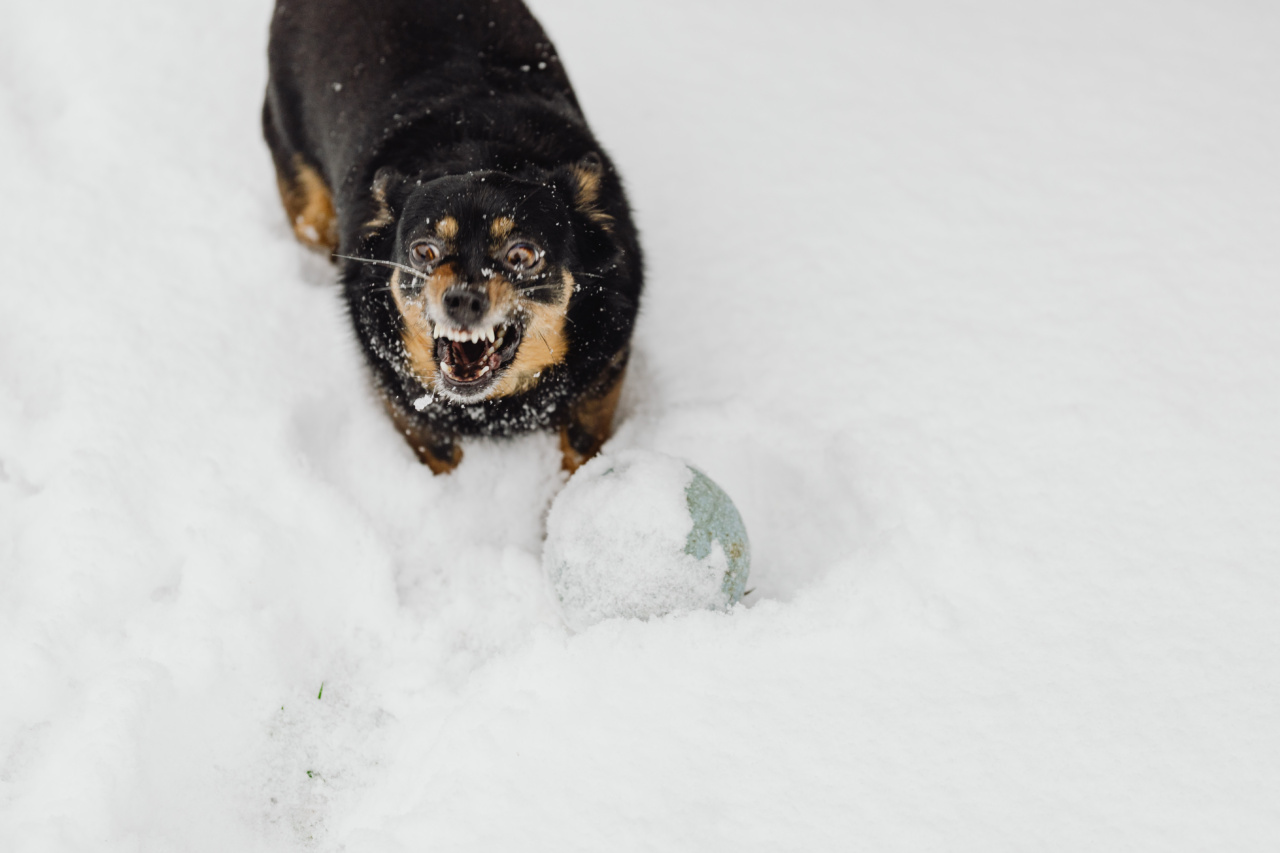Many dog owners have experienced their furry friends barking incessantly while traveling in the car. This behavior can be quite frustrating and distracting, not to mention that it may also cause stress to both the dog and the driver.
To effectively manage your dog’s barking behavior in the car, it is essential to understand the underlying causes.
1. Anxiety and fear
One common reason for a dog’s barking in the car is anxiety or fear. Dogs who are not accustomed to car rides may feel nervous or scared, especially if they associate car travel with previous negative experiences.
These dogs may vocalize their discomfort through barking.
2. Lack of exercise or mental stimulation
Dogs are full of energy, and if they don’t receive adequate exercise or mental stimulation, they may become restless and bored. This pent-up energy can manifest as excessive barking during car rides.
Ensuring your dog gets enough physical exercise and mental enrichment can help reduce their barking behavior.
3. Territorial behavior
Dogs are naturally protective of their territory, which includes their home, backyard, and sometimes even the car. When a dog perceives the car as their territory, they might bark to ward off perceived threats or to claim their space.
It’s important to establish clear boundaries to address this territorial behavior.
4. Socialization issues
Dogs that lack proper socialization may feel anxious or afraid when exposed to new environments or situations, such as car rides.
They may bark to express their discomfort and attempt to create distance between themselves and the unfamiliar surroundings. Gradual and positive exposure to car travel can help desensitize your dog.
5. Lack of training
Some dogs simply haven’t been taught appropriate behavior or been trained to remain calm in the car. If barking has never been addressed or discouraged, it can become a habitual response.
Basic training, including the “quiet” or “enough” command, can be effective in curbing excessive barking.
6. Medical issues
In certain cases, dogs may bark excessively in the car due to underlying medical conditions. Pain, discomfort, or anxiety caused by physical ailments can make car rides particularly distressing for them.
If you suspect a medical issue, it is essential to consult with your veterinarian.
7. Attention-seeking behavior
Some dogs learn that barking in the car results in attention from their owners, even if it’s negative attention like scolding or shouting. Attention-seeking behavior can reinforce the barking habit.
Ignoring the barking altogether and only providing attention when your dog is quiet can gradually extinguish this behavior.
8. Lack of proper restraint
When dogs are not properly restrained in the car, it can make them feel insecure or anxious, leading to increased vocalization.
Using a secure crate, harness, or car seat specifically designed for dogs can help them feel safe and minimize barking caused by fear or discomfort.
9. Excessive stimuli
The car environment can be overwhelming for some dogs, particularly if there are excessive stimuli such as loud noises, unfamiliar smells, or fast-moving scenery.
Dogs with heightened sensitivity may react by barking as a means of coping or expressing their anxiety. Reducing stimuli by using shades or covering windows can be beneficial.
10. Reinforcement of barking
Occasionally, unintentional reinforcement of barking can occur when the dog receives attention, treats, or any other form of reward for their behavior. This positive reinforcement strengthens the barking habit, making it more challenging to break.
Identifying and eliminating such reinforcing factors is vital for effective behavior modification.
Managing your dog’s barking behavior in the car
Now that we understand some of the reasons behind your dog’s car barking behavior, let’s explore effective strategies for managing and reducing this behavior:.
1. Gradual exposure and desensitization
If your dog is fearful or anxious about car rides, start by gradually exposing them to short trips while making the experience positive. Offer treats, praise, and reassurance during and after the ride.
Gradually increase the duration and distance of the trips, allowing your dog to acclimate at their own pace.
2. Positive reinforcement training
Train your dog to associate the car with positive experiences by offering treats, toys, or verbal praise whenever they remain calm or quiet during the ride.
Use commands such as “quiet” or “enough” to teach your dog to stop barking on command, rewarding them when they comply.
3. Provide comfort and security
Make your dog’s car environment as comfortable and secure as possible. Use a cozy crate or a comfortable car seat designed for dogs. Familiar scents, such as a favorite blanket or toy, can help them feel more at ease.
Ensure proper ventilation and temperature control in the car, as extreme conditions may contribute to anxiety.
4. Tire them out
Prior to getting in the car, engage your dog in physical exercise or mental activities that tire them out. A tired dog is more likely to relax during the ride.
Play fetch, go on a long walk, or provide them with puzzle toys to keep their minds occupied and expend their energy.
5. Regular breaks and potty stops
Long car rides can be uncomfortable for dogs, and their barking may be an indicator of discomfort. Plan regular breaks to allow your dog to stretch their legs, relieve themselves, and have a drink of water.
Providing them with necessary breaks will help reduce restlessness and potentially lessen barking.
6. Counter-conditioning
If your dog’s barking is primarily driven by fear or anxiety, counter-conditioning techniques can be helpful.
Gradually expose your dog to the trigger stimulus (e.g., car ride) while offering them treats or engaging them in another positive activity. This process can help change their emotional response from fear to relaxation.
7. Seek professional help
If your dog’s barking in the car persists despite your best efforts, consider seeking help from a professional dog trainer or animal behaviorist.
They can assess your dog’s specific behavior and provide tailored strategies to address the underlying causes effectively.
8. Utilize calming aids
Calming aids such as pheromone sprays, calming collars, or anxiety wraps can help reduce your dog’s overall anxiety and consequently alleviate car barking.
Consult your veterinarian to determine the most suitable calming aid for your dog’s specific needs.
9. Avoid reinforcing barking
While it may be tempting to scold or yell at your dog when they bark in the car, this often reinforces the behavior. Instead, use positive reinforcement techniques to reward moments of quiet or calm behavior.
Redirect their attention to a toy or treat, and provide praise when they remain quiet.
10. Maintain consistency
Consistency is key when working to modify your dog’s behavior. Ensure all family members or regular car companions are on the same page and follow the established training and management strategies.
Inconsistency can confuse your dog and make it more challenging to overcome the barking behavior.






























